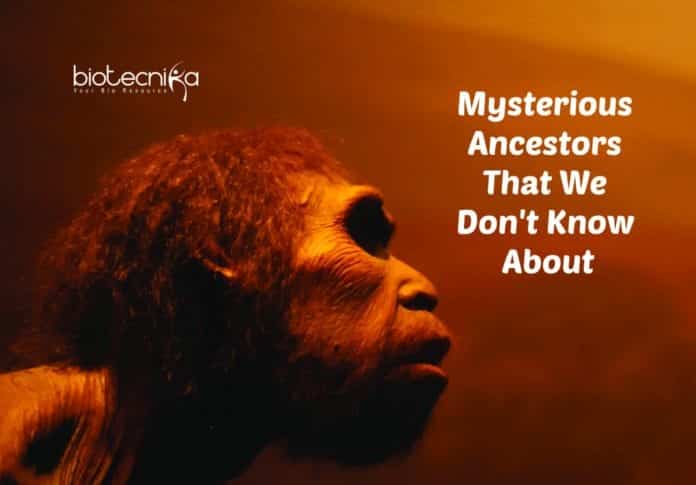Ghost DNA In West Africans
Scientists believe that about 50,000 years ago, ancient humans in West Africa might have procreated with another group of humans that they did not know about.
There are no ancient DNA or bones to prove it except the evidence in the DNA of modern West Africans. When scientists analyzed the genome of hundreds of people from Sierra Leone and Nigeria, they found some clues about the presence of “ghost” DNA from an unknown ancestor.
The picture of how humans evolved away from other human relatives gets further complicated by the findings of ghost DNA, published in the journal Science Advances.
The researchers analyzed the DNA of 405 West Africans. Sriram Sankararaman, a computational biologist at UCLA and his team used a statistical model to flag parts of the DNA. They pulled out of chunks of DNA from the genome that they think did not come from modern humans.
The ghost DNA found in West Africans is associated with neither Denisovans nor Neanderthals. Arun Durvasula and Sankararaman, authors of
the study believe that the ghost DNA came from a group that is yet-to-be-discovered.They used the term ‘ghost’ as they don’t have a clear identity of this group. The ghost DNA does not seem to have any close relationship with the groups from which the genome was isolated.
The interbreeding might have happened 50,000 years ago, the same time when Neanderthals bred with modern humans elsewhere in the world. Scientists are not clear if it was single interbreeding or multiple that occurred over an extended period of time.
The unidentified group of ancestors might have split off from the human ancestors a little before the Neanderthal split off.
The ghost DNA appeared frequently in the genome, which suggests that the unidentified ancestors had some DNA that was useful to modern humans also.
But its too early to say that these ghost DNA has some role in modern humans. But Sankararaman says, it would be fantastic to start thinking if they are just floating in our genomes or they have any kind of adaptive benefits.
There is also a possibility that the ghost DNA came from multiple groups. The study tells only about the integration of genome but doesn’t tell how many archaic groups might have been involved. Due to the climatic conditions in Africa, fossil samples are much harder to get compared to Neanderthals, where there is abundant DNA fossil evidence. The climate conditions are crucial in preserving fossils and not let them disintegrate.
Scientists are not really sure about what happened to this unidentified group of ancestors.






























